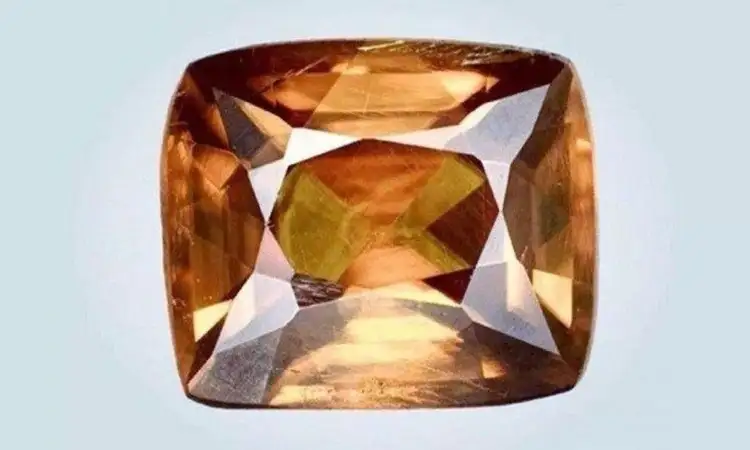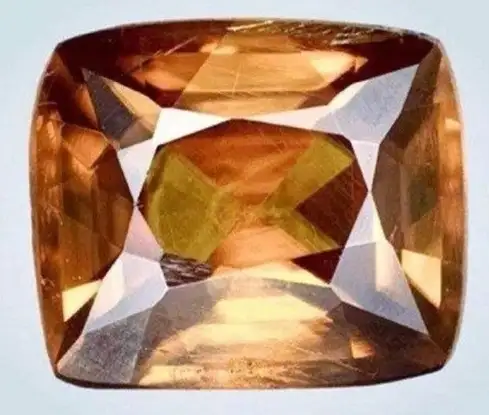The rarest gemstone on Earth, known as kyawthuite, is an extraordinary, transparent, orange-red mineral with only one confirmed specimen, housed at the Los Angeles Natural History Museum.

This exceptional stone, composed of the mineral kyawthuite, was discovered near Mogok, Myanmar, and was officially recognized in 2015 by the International Mineralogical Association (IMA). The single specimen was sourced from the Chaung-gyi valley and cut into a 1.61-carat gem for detailed study. Analysis reveals that kyawthuite likely formed deep within the Earth as part of pegmatite rock formations, known for their asymmetrical structure. It registers a hardness of 5.5 on the Mohs scale, distinguishing its resistance to scratching. However, durability, which measures a stone’s resistance to breaking, is a different quality altogether.
The Earth’s relentless tectonic shifts—collisions, fractures, heating, and cooling—create ideal conditions for gemstone formation. The rarity of kyawthuite, with just one known specimen, speaks to the near-impossibility of replicating the precise conditions needed for its creation. Even so, the singular specimen could theoretically shatter into smaller pieces, which raises the question: What makes kyawthuite so rare?
Kyawthuite’s chemical composition is Bi3 (bismuth) + Sb5 (antimony) + O4 (oxygen) with trace amounts of tantalum. While bismuth and antimony are considered uncommon metals, they’re not exceedingly rare—bismuth is more abundant in the Earth’s crust than gold, and antimony is more plentiful than silver. Oxygen is the crust’s most abundant element, meaning kyawthuite’s rarity lies not in its elemental makeup but in the unique conditions of its formation.
Myanmar, home to this marvel, also boasts other exceptionally rare minerals, such as jadeite and painite, the second rarest mineral globally. Painite, a deep red borate mineral, was first discovered by British mineralogist Arthur Pain.
















